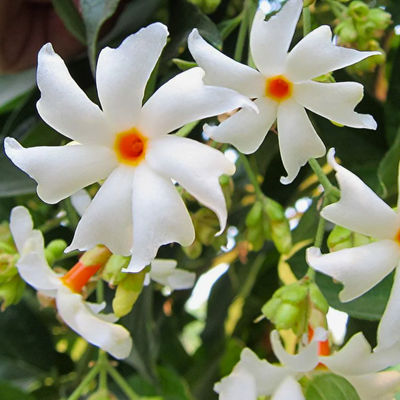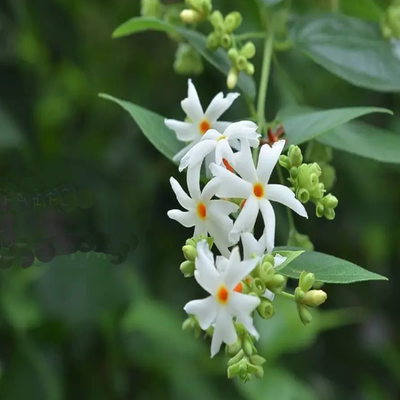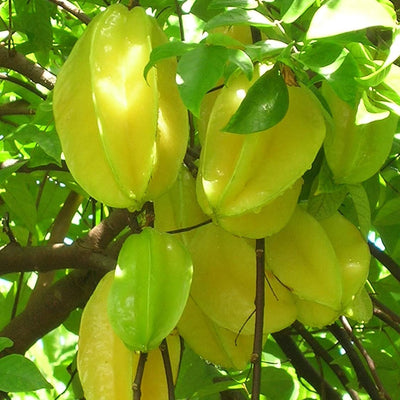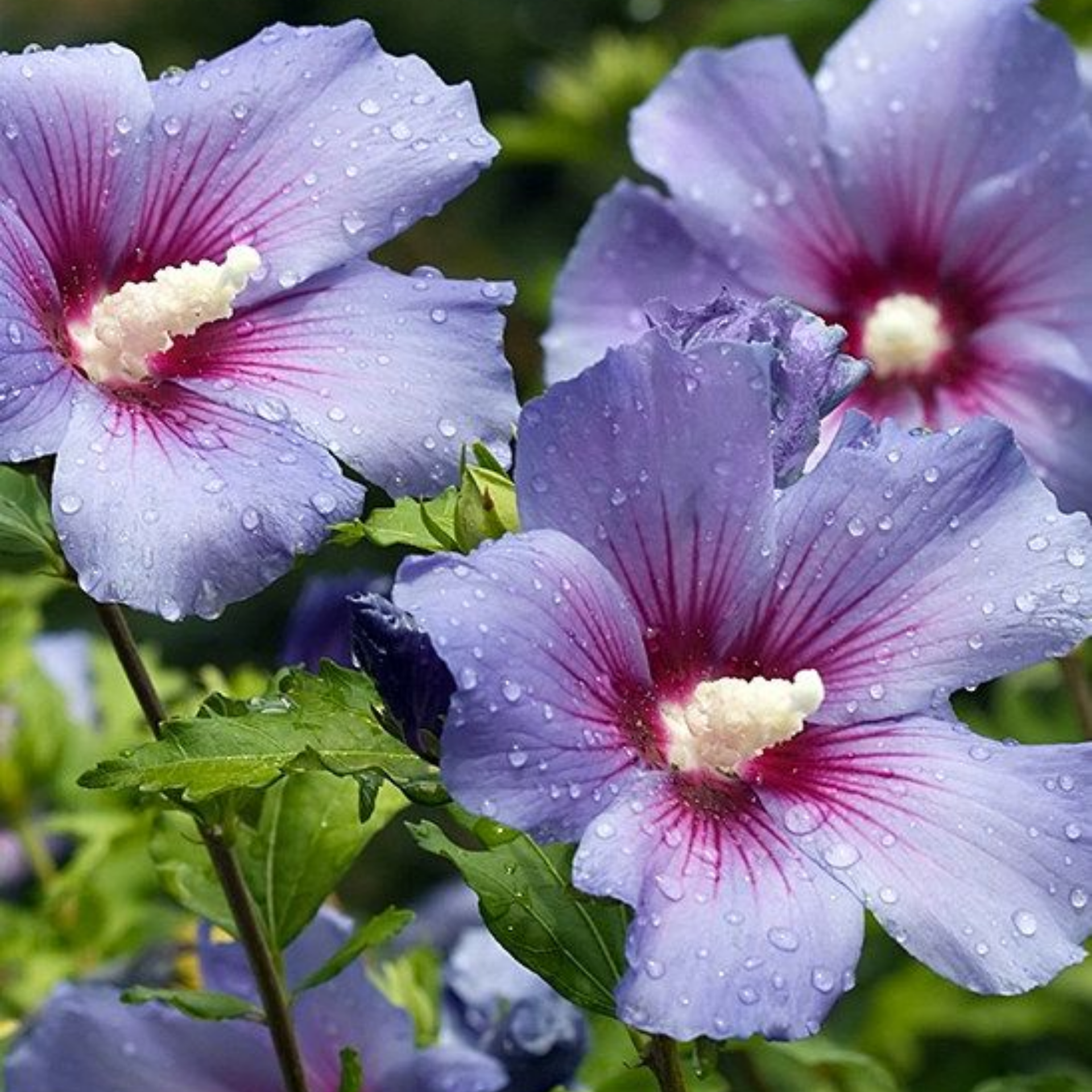
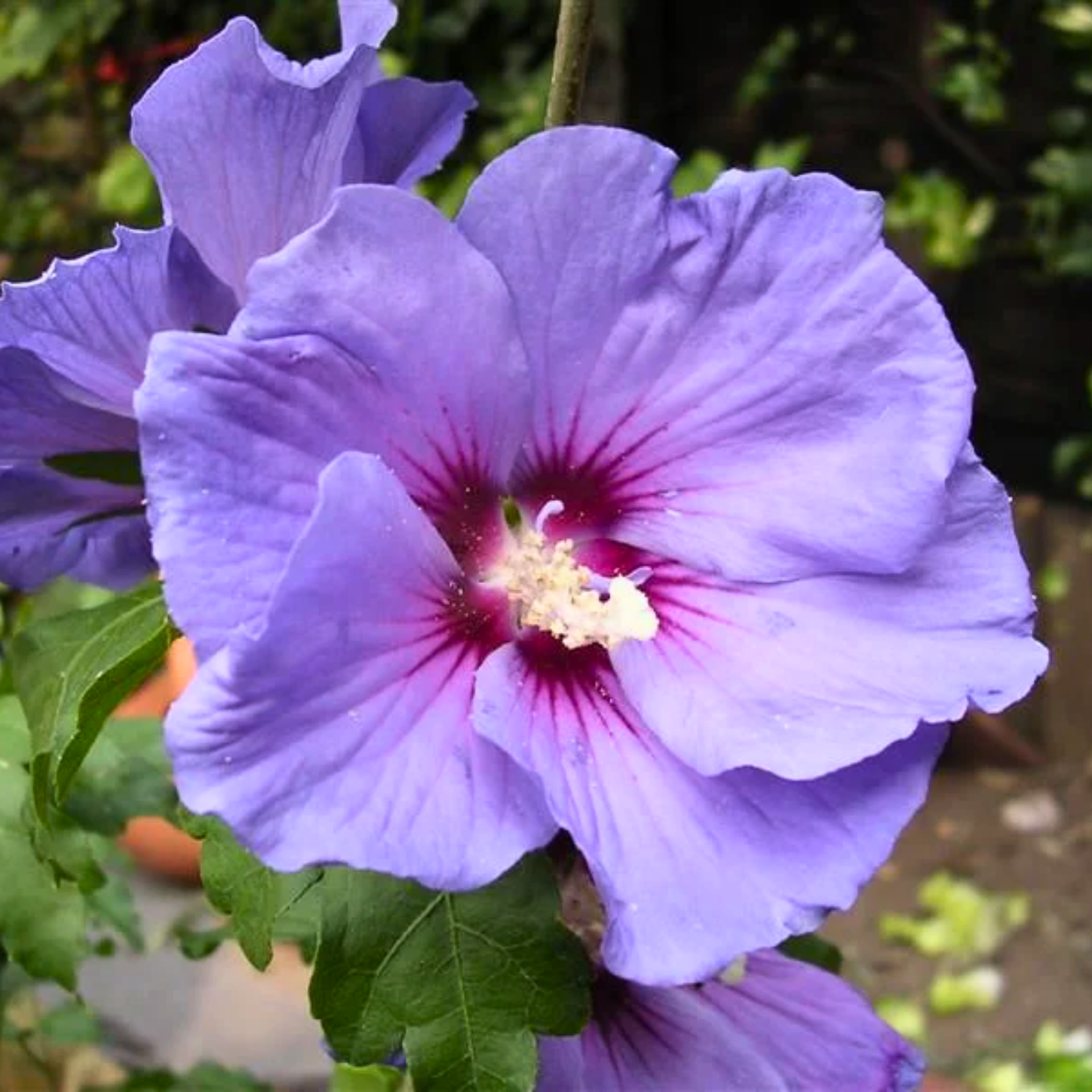

New rare Blue Hibiscuss Alyogyne huegelii live and healthy plant
Guaranteed Safe Checkout
Enchanting Elegance: Unveiling the
Allure of the Green Paradise Blue
Hibiscus Plant
About Blue Hibiscus Plant
Nature never ceases to amaze us with its boundless creativity, and the blue hibiscus plant stands as a testament to its artistic prowess. Amidst a sea of vibrant blooms, the blue hibiscus emerges as a captivating and unique botanical wonder. In this article, we delve into the captivating world of the blue hibiscus plant, exploring its origins, characteristics, and the cultural significance it holds.
Origins and Botanical Intricacies
- The blue hibiscus, scientifically known as Alyogyne huegelii, belongs to the family Malvaceae, a lineage that also includes its more common and colorful cousin, the red hibiscus.
- Native to the coastal regions of Western Australia, this plant has captured the hearts of garden enthusiasts around the world with its striking blue petals.
- Unlike its counterparts, the blue hibiscus is a shrubby perennial that boasts a profusion of blue to violet blossoms.
- Its five-petaled flowers, measuring about 3 to 4 inches in diameter, create a visually arresting contrast against its green foliage.
- The uniqueness of the blue hue lies not only in its rarity in the floral world but also in the challenge it poses to botanists who have long been intrigued by the mechanisms behind this coloration.
Cultural Significance and Symbolism
- Flowers have transcended mere botanical entities to hold deep cultural and symbolic meanings across various civilizations.
- The blue hibiscus, while not as widespread as its red or pink counterparts, has made its mark in cultural narratives.
- In Hawaiian culture, the hibiscus flower, regardless of its color, is emblematic of delicate beauty and ephemeral existence.
- The blue variation, often associated with rarity, is seen as a representation of uniqueness and rarity.
- Incorporating the blue hibiscus into gardens or even gifting it can hold deeper connotations.
- It can symbolize the recipient's distinctive nature or a gesture of acknowledging their unparalleled presence in one's life.
Cultivation and Care
- Cultivating the blue hibiscus can be a rewarding endeavor, albeit one that demands a bit of attention.
- Its preference for full sun exposure and well-drained soil mimics its Australian coastal origins.
- Regular pruning helps maintain its shrubby form and encourages abundant flowering.
- While the blue hibiscus is relatively drought-tolerant once established, consistent watering is essential during its initial growth phases.
- Gardeners are often cautioned about the plant's sensitivity to frost.
- Thus, in colder climates, providing adequate protection during winter months becomes imperative.
Preserving Rarity: Conservation Efforts
- The blue hibiscus, despite its captivating allure, faces the challenges posed by habitat loss and invasive species.
- As urbanization encroaches upon its natural habitat, dedicated efforts are required to conserve and protect this botanical gem.
- Initiatives such as seed banks, habitat restoration, and raising awareness about the importance of preserving native flora contribute to the plant's long-term survival.
Conclusion
In a world brimming with floral diversity, the blue hibiscus plant emerges as a rare gem that captivates with its unparalleled blue blossoms. Its origins, symbolic significance, and cultivation intricacies make it a cherished addition to gardens and landscapes. By understanding and safeguarding this enchanting species, we can ensure that the allure of the blue hibiscus continues to grace our lives and generations to come.
Cultivating Enchanting Blue Hibiscus: A
Comprehensive Guide to Successful Growth
The allure of the blue hibiscus plant lies in its captivating and rare hue, which sets it apart from the more common red and pink varieties. If you're a gardening enthusiast looking to add a touch of unique elegance to your landscape, cultivating blue hibiscus might be just the endeavor for you. While these plants do present some specific challenges, the rewards are well worth the effort. In this guide, we will walk you through the step-by-step process of growing a thriving blue hibiscus plant that will undoubtedly become the envy of your garden.
Choosing the Right Variety
- Before you start your blue hibiscus journey, it's important to select the right variety.
- While true blue hibiscus varieties are relatively rare, there are hybrid versions available that offer shades of blue.
- Look for cultivars like 'Blue Chiffon' or 'Blue Bird' that have been bred for their blue or bluish-purple blooms.
Ideal Growing Conditions
- Blue hibiscus plants thrive in specific conditions that mimic their native habitat.
- Ensure they are planted in an area that receives ample sunlight, ideally around 6 to 8 hours of direct sunlight per day.
- These plants also prefer well-draining soil with a slightly acidic to neutral pH level.
- Regularly test and amend your soil as needed to maintain optimal pH levels.
Planting Process
- Planting blue hibiscus is a straightforward process.
- Begin by digging a hole slightly larger than the root ball of your plant.
- Place the plant in the hole, making sure it's at the same depth it was in the nursery container.
- Fill the hole with soil, gently patting it down around the plant's base.
- Water completely after planting to help settle the soil.
Watering and Fertilization
- Blue hibiscus plants require consistent moisture to thrive, especially during their initial growth stages.
- Water them deeply and regularly, aiming to keep the soil constantly wettish but not doused .
- Applying a layer of organic mulch around the base of the plant can help retain moisture and regulate soil temperature.
- Fertilize your blue hibiscus with a balanced, slow-release fertilizer during the growing season (spring to early fall).
- Avoidover-fertilization, as this can lead to inordinate leafage growth at the expenditure of flower product.
Pruning and Maintenance
- Regular pruning is essential for maintaining the health and appearance of your blue hibiscus plant.
- Prune away any dead or diseased branches to encourage new growth and prevent the spread of pests or diseases.
- Additionally, light pruning after each flowering cycle can help shape the plant and promote better blooming the following season.
Pest and Disease Management
- While blue hibiscus plants are relatively hardy, they can still be susceptible to common garden pests such as aphids, mealybugs, and whiteflies.
- Keep an eye out for any signs of infestation, and if necessary, treat your plants with environmentally friendly pest control solutions.
- Proper spacing and good air circulation can also help prevent disease issues.
Winter Care
- If you live in a region with cold winters, blue hibiscus may need some protection.
- Before the first frost, apply a thick layer of mulch around the base of the plant to insulate the roots.
- Consider covering the plant with burlap or a frost cloth to shield it from harsh winter conditions.













